The Ultimate Guide to Kennel Training a Puppy at Night
Introduction
Bringing a new puppy home is an exciting time, but it often comes with sleepless nights and challenges, especially when it comes to kennel training. Nighttime kennel training is crucial for your puppy’s overall development and for establishing good sleep habits. This comprehensive guide provides a detailed approach to nighttime kennel training, helping your puppy adjust smoothly to their new sleeping arrangements while ensuring you get some rest too.
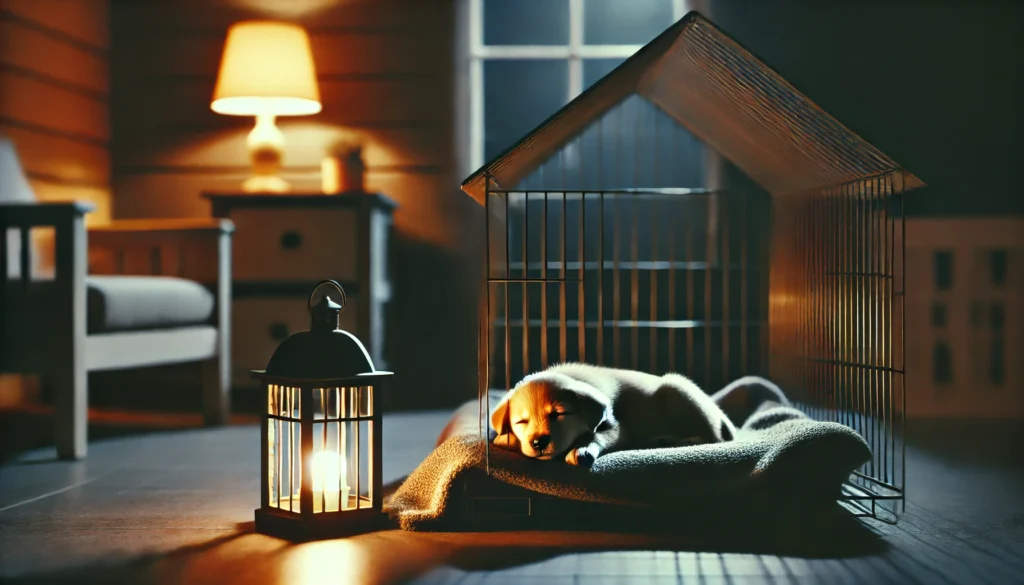
Understanding the Importance of Nighttime Kennel Training
Before diving into the practical aspects, it’s essential to understand why nighttime kennel training is so important:
- Safety: A kennel provides a safe space for your puppy when you can’t supervise them.
- Routine: Establishes a consistent sleep routine, which is crucial for a puppy’s development.
- Housetraining: Helps with housetraining by teaching bladder control.
- Independence: Encourages independence and prevents separation anxiety.
- Long-term benefits: Sets the foundation for a well-adjusted adult dog.
Preparing Your Puppy for Nighttime Kennel Training
Successful nighttime kennel training starts with proper preparation. Here’s how to set the stage for success:
1. Choosing the Right Kennel
The kennel should be:
- Large enough for your puppy to stand, turn around, and lie down comfortably.
- Small enough that they don’t have extra space to use one end as a bathroom.
- Sturdy and secure to prevent escapes.
- Well-ventilated for comfort.
[Image suggestion: A diagram showing the ideal kennel size proportions for a puppy]
2. Creating a Comfortable Kennel Environment
Make the kennel inviting:
- Add soft, washable bedding.
- Include a few favorite toys for comfort.
- Consider using a pheromone diffuser designed to calm puppies.
- Place a ticking clock nearby to mimic the sound of a heartbeat.
3. Choosing the Right Location
The kennel’s location is crucial:
- Initially, place it in or near your bedroom to provide comfort and allow you to hear if your puppy needs to go out.
- Ensure the area is draft-free and maintains a comfortable temperature.
- Avoid high-traffic areas that might disturb your puppy’s sleep.
4. Establishing a Pre-Bedtime Routine
A calming routine before bedtime helps signal to your puppy that it’s time to wind down:
- Have a gentle play session to tire them out.
- Take them for a final potty break.
- Spend some quiet time together, perhaps with gentle petting or soft talking.
- Avoid exciting activities close to bedtime.
Steps for Successful Nighttime Kennel Training
Now that you’re prepared, let’s dive into the step-by-step process of nighttime kennel training:
1. Gradual Introduction
Start the introduction process during the day:
- Let your puppy explore the kennel freely with the door open.
- Feed meals near the kennel, gradually moving the bowl inside.
- Practice short periods of kennel time during the day, starting with just a few minutes.
2. Creating Positive Associations
Make the kennel a happy place:
- Use treats and praise when your puppy enters the kennel voluntarily.
- Offer special toys that are only available in the kennel.
- Never use the kennel as punishment.
3. Starting Nighttime Training
Begin the nighttime routine:
- After your pre-bedtime routine, lead your puppy to the kennel with a treat.
- Use a consistent command like “kennel up” or “bedtime.”
- Close the door and praise your puppy calmly.
4. Handling Nighttime Whining
It’s normal for puppies to whine initially:
- Wait for a moment of quiet before responding to prevent reinforcing the whining.
- If the whining persists, a quick potty break might be necessary (but keep it brief and boring).
- Return the puppy to the kennel immediately after the potty break.
5. Nighttime Potty Breaks
Young puppies can’t hold it all night:
- Set an alarm for potty breaks based on your puppy’s age (roughly every 2-3 hours for very young puppies).
- Keep nighttime potty breaks brief and boring to avoid exciting your puppy.
6. Gradual Extension of Kennel Time
As your puppy grows:
- Gradually extend the time between nighttime potty breaks.
- Slowly move the kennel to its permanent location if desired.
Common Challenges and Solutions
Even with the best preparation, you may encounter some challenges. Here are some common issues and how to address them:
1. Persistent Whining
- Solution: Ensure all needs are met, then use the “gradual extinction” method – wait for progressively longer periods before responding.
2. Separation Anxiety
- Solution: Start with the kennel very close to your bed, then gradually move it further over time. Consider using a pheromone diffuser or calming music.
3. Early Morning Wake-Ups
- Solution: Gradually push back the morning wake-up time by small increments (5-10 minutes every few days).
4. Accidents in the Kennel
- Solution: Ensure the kennel is the right size and that you’re providing enough potty breaks. Clean thoroughly with an enzymatic cleaner to remove odors.
Nighttime Kennel Training Schedule
Here’s a sample schedule for the first few weeks of nighttime kennel training:
| Time | Activity |
|---|---|
| 8:00 PM | Last meal of the day |
| 9:00 PM | Playtime and mental stimulation |
| 9:45 PM | Last potty break |
| 10:00 PM | Quiet time and into the kennel |
| 12:00 AM | Potty break (if needed) |
| 3:00 AM | Potty break |
| 6:00 AM | Wake up, potty, and breakfast |
Adjust this schedule based on your puppy’s age and needs.
Transitioning Out of Nighttime Kenneling
As your puppy grows and becomes fully housetrained, you may choose to transition them out of nighttime kenneling:
- Start by leaving the kennel door open at night.
- Gradually move the kennel further from your bed.
- Eventually, you can remove the kennel or leave it as a voluntary sleep space.
Remember, many dogs continue to enjoy sleeping in their kennels even as adults, so there’s no rush to phase it out if your dog is comfortable.
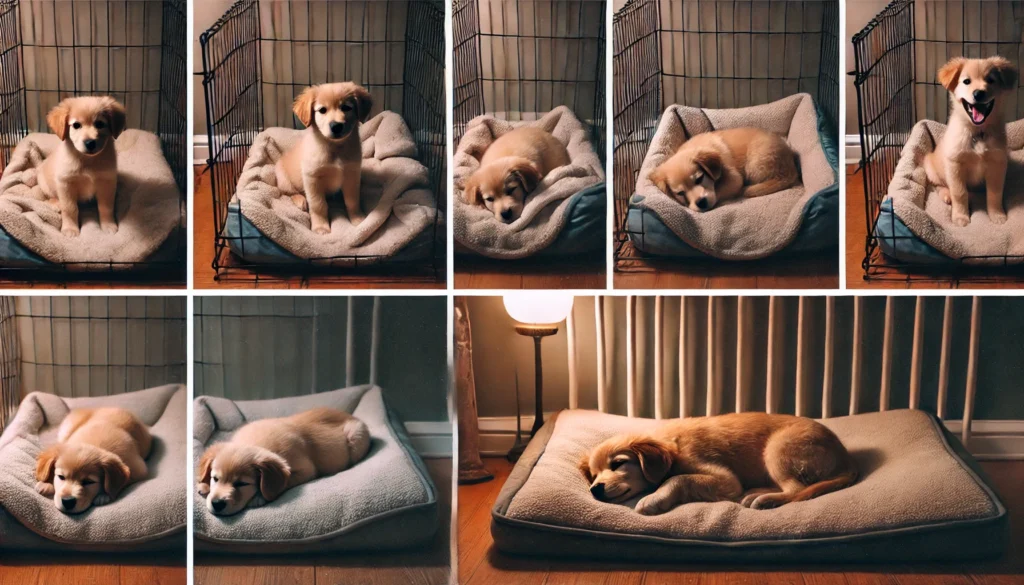
When to Seek Professional Help
While most puppies adjust to nighttime kenneling with patience and consistency, some may struggle more than others. Consider consulting a professional dog trainer or behaviorist if:
- Your puppy shows signs of severe distress or anxiety.
- Nighttime issues persist beyond several weeks of consistent training.
- You’re feeling overwhelmed or unsure about the training process.
A professional can provide personalized advice and strategies tailored to your specific situation.
Conclusion
Nighttime kennel training is a journey that requires patience, consistency, and understanding. Remember that every puppy is unique and may progress at different rates. The key is to remain positive and persistent. With time and effort, your puppy will come to view their kennel as a safe, comfortable space for nighttime rest.
By following this guide, you’re getting your puppy up for success not just in nighttime kenneling, but in their overall development as a well-adjusted adult dog. The sleepless nights and early mornings will pass, and you’ll be left with a confident, happy canine companion who has learned valuable life skills.

![Training a Puppy at Night]](https://quitepuppy.com/wp-content/uploads/2024/07/bec12dd0-874f-4260-a979-20199f474627-1.webp)
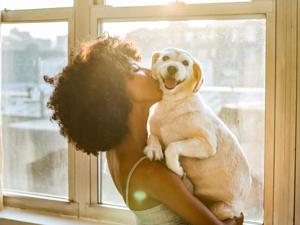

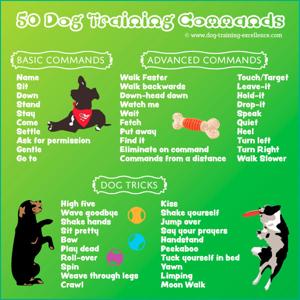

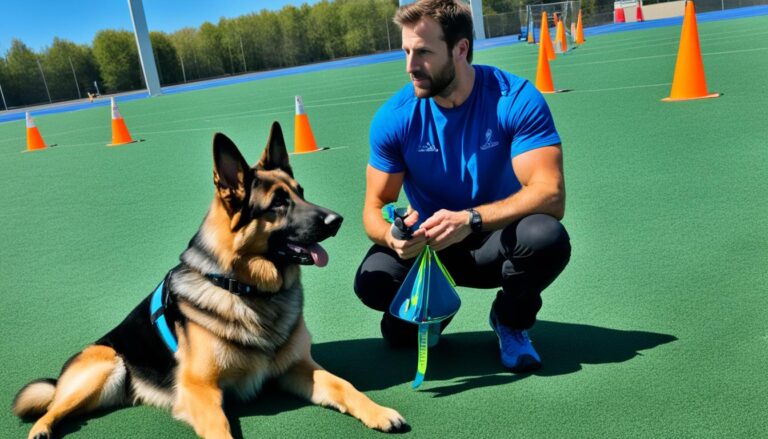

One Comment